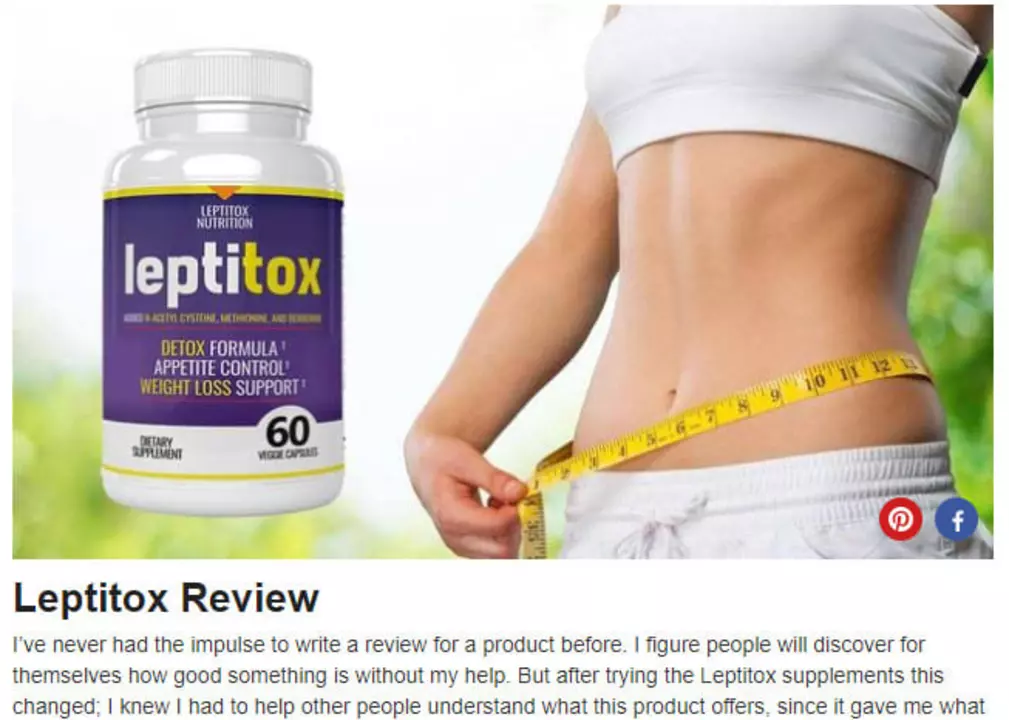Wild Indigo (Baptisia): Uses, Safety & How to Pick a Good Supplement
Wild indigo, usually sold as Baptisia or Baptisia tinctoria, shows up in herbal stores and online shops under several names. People use it for short-term immune support, sore throat, swollen glands, and as a topical wash for minor skin issues. Research is limited, so this guide focuses on what’s commonly used, what to watch for, and practical tips for buying a safe product.
What wild indigo is and how people use it
Wild indigo is a North American native plant. Historically, herbalists used it as a bitter, stimulant to the immune and lymphatic systems. Today you’ll find it as dried herb, tinctures, liquid extracts, and homeopathic pellets. The most common modern uses: a short course for cold or flu symptoms, throat and tonsil soreness, and occasional topical use for minor wounds or skin irritation. That said, solid clinical proof for these uses is sparse; most evidence is traditional or from small studies.
If you try wild indigo, many people prefer a tincture because it’s easy to dose and fast-acting. Homeopathic forms are popular too, but they work differently and usually contain much less active plant material. Avoid relying on wild indigo for serious infections or long-term conditions — see a healthcare pro if symptoms are severe or persistent.
Safety, dosing, and buying tips
Wild indigo can cause side effects. Common reactions include nausea, vomiting, dizziness, and skin rash. In larger doses it can be toxic. Allergic reactions are possible, especially if you’re sensitive to legumes (wild indigo is related to that family). Pregnant or breastfeeding people should avoid it. If you have an autoimmune disorder or take immunosuppressants, talk to your doctor first — some herbs may affect immune activity.
About dosing: follow the product label or a qualified herbalist’s advice. Typical over-the-counter tinctures often show ranges like 1–2 mL (or about 20–40 drops) once or a few times a day, but labels vary a lot. Start low and watch for side effects. Stop use and seek care if you get severe stomach upset, breathing problems, or allergic swelling.
When buying: pick a reputable brand with clear labeling (species name, extract ratio, alcohol content for tinctures). Look for third‑party testing for contaminants and correct potency. Avoid products making big disease claims or promising miracle cures. Organic sourcing and transparent harvest info are pluses, but lab testing matters more for safety.
Store supplies in a cool, dark place, out of reach of children. Throw out tinctures that smell off or change color unexpectedly. If you’re combining herbs or medications, check interactions with a pharmacist or herbal practitioner — especially if you take prescription drugs.
Wild indigo can be useful for short-term support when used carefully, but it isn’t a substitute for medical care. If symptoms worsen or don’t improve after a few days, get professional advice. Choosing quality products and using sensible doses lowers risks and gives you the best shot at benefits.
